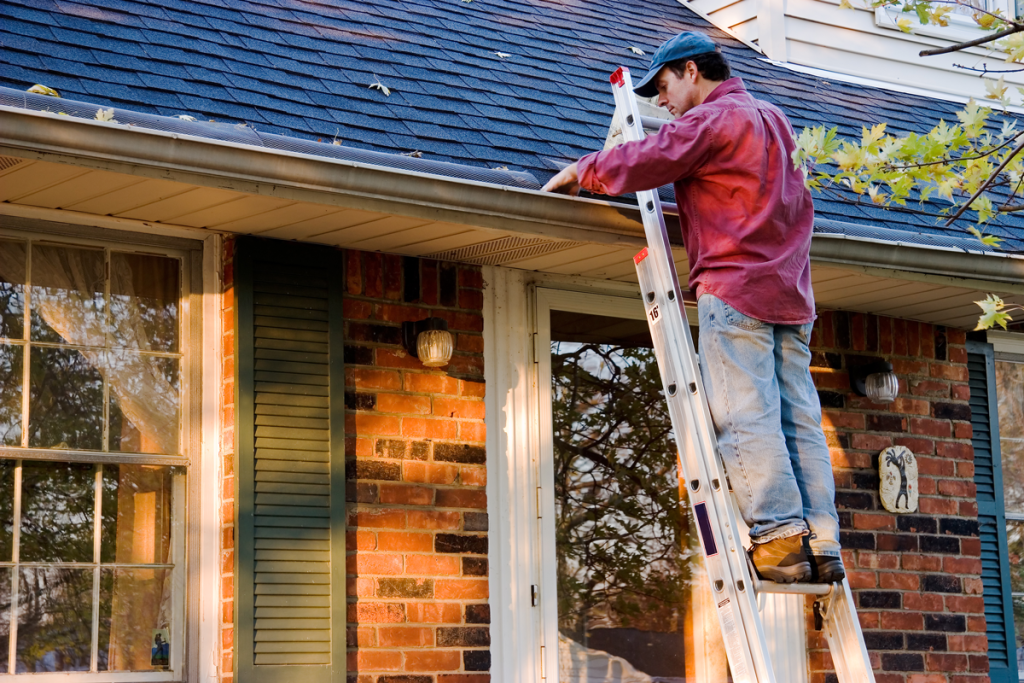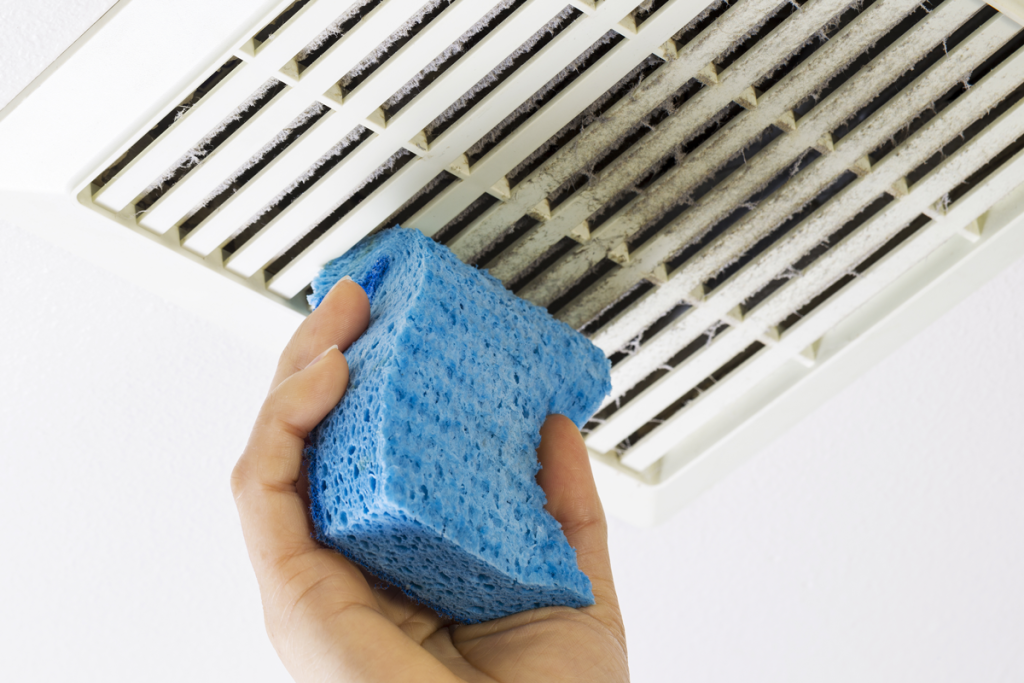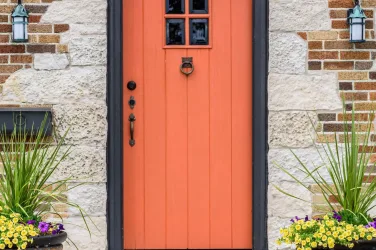
By Cheryl Alexander
A home maintenance calendar will allow you to maximize your efficiency and get everything done. To assist, we’ve compiled a list of things that need attention weekly, monthly, quarterly, biannually, and annually, by season. To keep from becoming overwhelmed, take on things you can do each weekend.
Weekly
- Vacuum the floors. A neglected carpet can play host to dirt, dust, mites, and mold.
- Wipe down stovetop and vent.
- Mow the lawn. When temperatures drop to around 40 degrees, most grass goes dormant, so you won’t need to cut it until the weather warms up again.
- Clean window sills.
- Wipe down kitchen appliances. Clean them all — microwave, oven, refrigerator — inside and out at least once a week.
Monthly
- Inspect and possibly change out HVAC filters. If the filter is dirty, change it, otherwise inspect it again next month.
- Clean kitchen sink disposal. Put some vinegar in an ice tray and let it freeze, then run the ice cubes through the disposal. It freshens the disposal and sharpens the blades.
- Clean range hood filters. Use a degreaser from an auto parts store mixed with hot water. Let the filter sit for a few minutes, rinse it off, and you’re good to go.
- Inspect your fire extinguisher(s). Be sure that the extinguisher has easy access and is unblocked, that the gauge shows adequate pressure, and that it has no visible signs of wear and tear.
Quarterly
- Test smoke and carbon dioxide detectors.
- Test garage door auto-reverse feature. Place a 2×4 on the ground where the door would close. It should reverse when the door hits the wood. If you have photo-electric sensors, place something in front of them (not your body). If the door doesn’t immediately go back up, you have a problem.
- Run water and flush toilets in unused spaces.
- Check water softener and add salt if needed. It only takes about five seconds.
Biannually
- Test your water heater’s pressure valve. This will prevent mineral and corrosion buildup and help your heater run more efficiently.
- Give your house a deep clean. Take one Saturday every six months with your whole family, clean the appliances, windows, dust every nook and cranny (including the closets), etc.
- Replace batteries in smoke and carbon dioxide detectors.
- Vacuum your refrigerator coils. The fridge can use up to 15% of your home’s total power, so you want it running as efficiently as possible. You could save up to $100 a year.
Annually (by season)
Spring
- Check exterior drainage. Make sure rainwater flows away from the house and that puddles don’t stand for more than 24 hours. If anything is questionable, check gutters, grade the area with some dirt, or hire professionals to raise the pavement to drain properly.
- Clean gutters.
- Inspect the exterior of your home. Paint chipping? Is your siding damaged from winter? Holes in your brick? Foundation cracking? A good silicone/caulk can fix many of these problems.
- Have your A/C serviced.
- Repair or replace damaged window screens.
- Clear dead plants/shrubs.
- Check trees for interference with electric lines. Have these professionally trimmed if necessary.
- Inspect roofing for damage, leaks, etc. Repair as needed; you may need a professional.
Summer
- Check grout in bathrooms, kitchen, etc. This will prolong the life and aesthetics of your tiled surfaces.
- Inspect plumbing for leaks, clean aerators on faucets. If you have low water pressure out of a faucet, the aerator is likely the issue, and it’s an easy fix.
- Take care of any insect problems you may have. Keep cobwebs clear, have ant poison handy, make sure all doors are tightly sealed.
- Clean and repair patios as needed. Wash and possibly restain. Check for any loose boards or posts.
- Check and clean dryer vent, other exhaust vents to exterior of the home.
- Clean the garage.
Fall
- Flush hot water heater and remove sediment. This prolongs the life of the heater and helps with efficiency.
- Winterize A/C system if necessary. Have a cover ready for the outside unit with a tarp or plastic sheeting and secure with bungee cords if a freeze is in the forecast.
- Get the heating system ready for winter. Check for leaks in doors and windows. Make sure heating vents are open and unblocked. Get furnace serviced and inspected at least every other year, preferably annually. Don’t forget about fireplaces if you have them.
- Turn off and flush outdoor water faucets. Also, flush hoses and store them. Winterize sprinkler systems as well.
- Get the chimney cleaned if you have one.
- Check driveway and pavement for cracks. Make sure to have any cracks re-sealed before winter. Water can freeze and expand in the cracks, causing more damage.
Winter
- Test your electricity to the extent that you can. Be extra careful when working with electricity. You can do a couple of things on your own, though. Check that all outlets work, including your GFCI outlets.
- Tighten screws on any handles, knobs, racks, etc.
- Check all locks and deadbolts on your doors and windows.
- Check caulking around showers and bathtubs and repair as needed.
- Remove shower heads and clean sediment.










